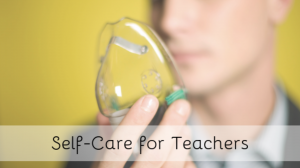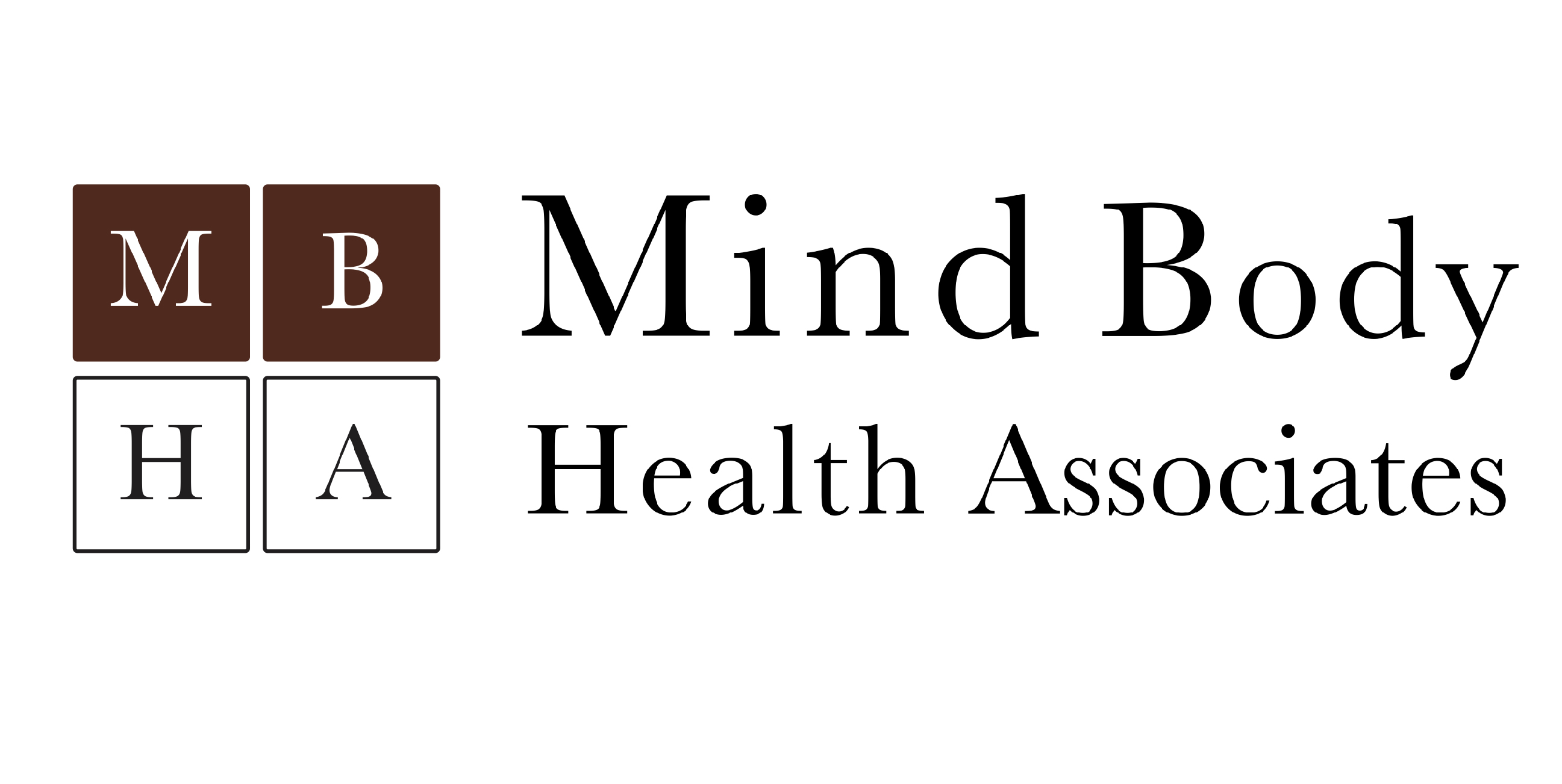Self Care for Teachers
 The concept of self-care is catching our collective attention. We’re being admonished to “put the oxygen mask on yourself first” and now we have research to support the claim that self-care helps people manage job-related stress.
The concept of self-care is catching our collective attention. We’re being admonished to “put the oxygen mask on yourself first” and now we have research to support the claim that self-care helps people manage job-related stress.
So what exactly does self-care look like? Is it simply taking more bubble baths and scheduling a spa day? It could be, but self-care reaches beyond pampering, specifically for teachers. When we work with educators in our offices, we hear about the need for something to help in the heat of the moment, keeping the pace of the day with younger and older children alike. Often times, the stress our teachers carry has more to do with the burdens carried by the children they teach than it does the job description they’re trying to fulfill. Especially after many years of experience, our teachers know about delivering content and differentiating instruction. What teachers ask for more often is knowing how to continue to show compassion to children and families when the heartbreak feels unrelenting.
While burnout is an issue for the education industry, the bigger threat is heartbreak. Teachers are seeing more and more students show up in the morning hungry because they’ve not had breakfast, or – even more challenging – children starving for connection. Our educators could go broke with the granola bars and markers they stock. They know how to keep their classrooms supplied with academic tools. A tougher obstacle is helping teachers learn to sleep at night when their hearts are filled with worry about the student whose life outside of school is unsafe.
As Chick Moorman (author of The Spirit Whisperer and Parent Talk) said once to Holly, when you teach to a child’s spirit, you’ve got them, no matter what the subject matter. The best teachers are working from the heart-level. However, opening yourself to the heights of joy that come with heartfulness also renders you vulnerable to the depths of grief that come with the territory.
From our perspective, the core of self-care for the educator lies in keeping the heart both soft and strong. To be good at what we do in helping professions, we need to continue to cultivate compassion, empathy and acceptance. Our practices center around quieting the talk of “not enough” and incorporating moments of gratitude and joy, even in the midst of challenges.
Mindfulness expert John Kabat-Zin teaches about the “acceptance of what is”. When a student comes from a home without running water, it’s hard for a teacher to accept that he cannot change the situation. But the teacher can offer a learning space that helps hold for the student the various stressors and hurts they bring into the classroom. In the same way, a teacher might come to school tired after his own sleepless night. Self acceptance, i.e. “today’s lecture may not be as energetic as last week’s and that’s okay,” may free the teacher to offer what he does have to give rather than focusing on deficits.
When we learn to recognize our limits, specifically as they relate to our roles as educators and helpers, we can acknowledge and celebrate the victories we do experience. When working in a capacity that will never “finish” – the students we teach will never be done learning and developing – it’s easy to overlook opportunities to feel like we’ve done enough. A daily celebration and gratitude practice for the small successes keeps the heart open and strong, ready to return the next day.

